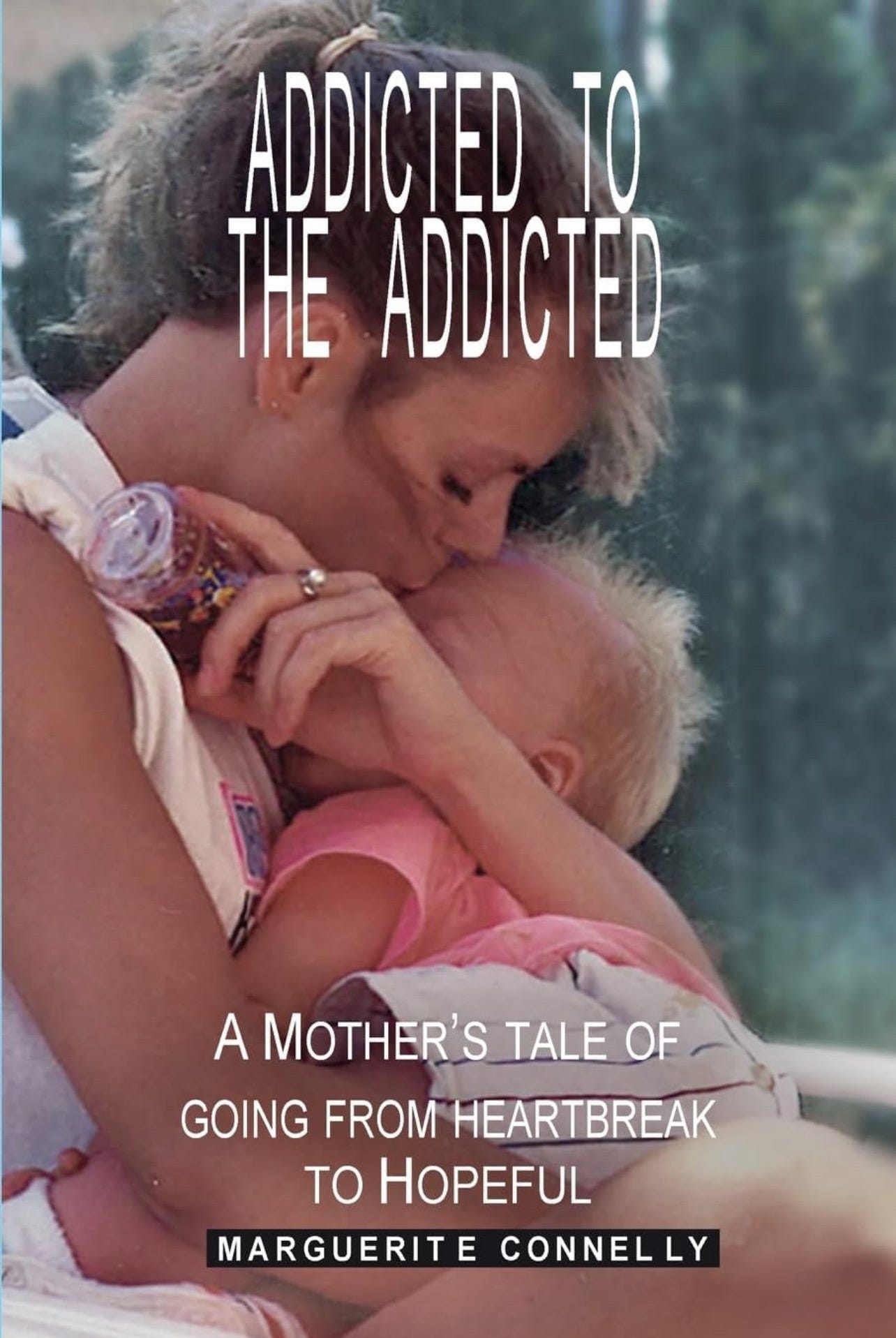How to Maintain Requested Boundaries: Lessons from Addicted to the Addicted
Setting and maintaining boundaries is an essential step in fostering healthier relationships, particularly when dealing with the challenges of addiction within a family. In my journey, which I detail in Addicted to the Addicted: A Mother’s Tale of Going from Heartbreak to Hopeful, I learned that boundaries are not just walls to keep others out—they are acts of self-preservation and love.
Here’s what I’ve learned about maintaining requested boundaries, infused with personal experience and reflections from my book.
1. Understand the Purpose of Boundaries
Boundaries are not punishments; they are tools for healing. They protect your emotional and physical well-being while also encouraging others to take responsibility for their own choices.
In Addicted to the Addicted, I wrote:
“I didn’t set boundaries because I didn’t love my son. I set them because I couldn’t continue sacrificing myself on the altar of his addiction.”
This truth applies to all relationships: boundaries are an act of love, not rejection. They say, “I love you, but I also love myself.”
2. Clearly Communicate Your Boundaries
Maintaining boundaries begins with clear communication. Be specific about what you need and why it’s important.
For instance, in the book, I share:
“The day I told Timothy he could no longer live at home if he continued to use, I felt like the worst mother in the world. But I realized that enabling his behavior was no longer an option. I had to speak my truth, even if it broke my heart.”
When expressing boundaries, use “I” statements to avoid sounding accusatory. For example, “I need to feel safe in my own home, and that means not tolerating drug use here.”
3. Stay Consistent
Inconsistent boundaries send mixed messages, making it harder for others to respect them. If you’ve requested a boundary, it’s vital to follow through.
I reflect on this struggle in my book:
“Every time I gave in to my son’s pleas or manipulated my own rules, I sent the message that my boundaries were negotiable. It wasn’t until I stood firm that the healing process truly began.”
Staying consistent requires you to trust your own decisions, even when it feels uncomfortable.
4. Manage the Guilt
One of the hardest parts of maintaining boundaries is the guilt that often accompanies them, especially as a parent. It’s natural to feel torn, but remember that enabling harmful behavior doesn’t help anyone in the long run.
“Hope meant learning to say no when my heart screamed yes. It meant learning to endure my son’s anger and tears because I knew that protecting him from consequences was harming us both.”
(Addicted to the Addicted)
You are not responsible for another person’s actions—only for your own.
5. Seek Support
Maintaining boundaries can feel isolating, but it doesn’t have to be. Whether it’s through therapy, support groups like Al-Anon, or leaning on trusted friends, having a support system helps reinforce your resolve.
As I learned:
“The more I leaned into the wisdom of others who had walked this path, the more I realized I wasn’t alone. My boundaries weren’t just for my family—they were for me.”
Hearing others’ stories gave me the strength to maintain my own boundaries.
6. Accept That Boundaries May Not Be Welcomed
Not everyone will respect or appreciate your boundaries, especially if they’ve grown used to crossing them. That doesn’t mean you’ve done something wrong. It means the relationship is adjusting to a healthier dynamic.
“When I set boundaries, I was met with resistance, anger, and tears. But over time, those same boundaries became the foundation for rebuilding trust—not only with my son but with myself.”
(Addicted to the Addicted)
It’s important to remember that your job isn’t to make others happy; it’s to ensure your well-being and integrity.
7. Reevaluate and Adapt as Needed
Boundaries are not set in stone. As relationships evolve, so can your boundaries. Periodically reflect on what’s working and what needs adjustment.
In the book, I wrote:
“As I grew stronger, my boundaries shifted. What I needed at the height of my son’s addiction wasn’t the same as what I needed during his recovery.”
Give yourself permission to adapt as you learn more about your own needs.
Conclusion: Boundaries as a Lifeline
Maintaining requested boundaries is challenging, especially when emotions and relationships are deeply intertwined. But as I discovered on my journey, boundaries are the key to preserving hope and healing.
As I wrote in Addicted to the Addicted:
“Setting boundaries saved me. Maintaining them taught me how to love myself again.”
If you’re struggling to maintain boundaries, remember: you’re not alone. You’re taking an essential step not only for your loved ones but also for your own emotional survival. Let your boundaries be a lifeline, not just a line in the sand.
To learn more about my journey and the lessons I’ve learned about addiction, recovery, and hope, you can find Addicted to the Addicted: A Mother’s Tale of Going from Heartbreak to Hopeful on Amazon 💖



Boundaries are extremely challenging, especially when you are a parent of a child who is an addict.
Thank you for all those reminders ! The title of one of the chapters in my book #yourrules;yourlife” is “I love you,but I love me more”; which discusses the importance of self - love and boundaries. ImLoved your book !